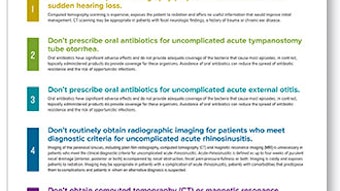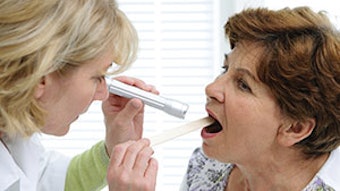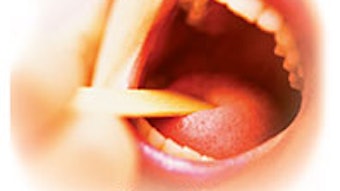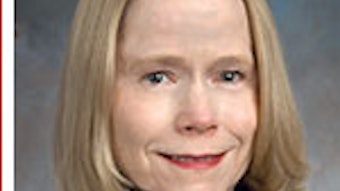The Academy is a voice
I was Chair of the BOG in 1999 when the AAO-HNS was a driving force in the creation of “World Voice Day.” April 16 will mark the 17th celebration with its theme this year “Voice: The Original Social Media.” This event has been instrumental in the recognition and advancement of voice science.
By James C. Denneny III, MD, AAO-HNS/F EVP/CEO
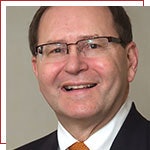
Patients view the voice as a means of communication, source of enjoyment, as well as an instrument for their problems to be heard and addressed whether by speech, text, email, Facebook, or Twitter. They expect access to their doctor and responsive communication well beyond traditional hours and locations through the previously mentioned modalities. With increasing frequency our patients are employing “selfies,” videos, and telemedicine modalities to more accurately get a diagnosis of their problem. Advances in voice recognition software systems have partially eased the burden of EHRs for many physicians. The voice of “quality performance” is rapidly emerging and soon many physicians will be collecting registry and quality data through mobile applications for use in quality reporting, Maintenance of Certification (MOC), and Maintenance of Licensure (MOL).
As a medical specialty, the Academy is concerned about hearing and understanding the voices of our Members and patients, and in turn being a voice for them. Whether this involves patient care issues, quality improvement, access to care, standards of care, or practice management issues, the AAO-HNS seeks to understand these voices and advocate for otolaryngologist–head and neck surgeons to provide the best patient care through the voice of “advocacy” on the legislative and regulatory stage at the state and federal levels.
Currently, as an individual society and as a member of the “surgical coalition” we are addressing the recent CMS policy that involves a transition away from “global surgical periods” of 0, 10, and 90 days to all “0 day global periods.” We feel that this change, while on the surface seems to be a zero sum transition, actually has significant negative consequences for otolaryngologists and their patients. When all post-operative visits are billed separately (including inpatient post-op visits) there is a likelihood that patients will potentially skip post-op visits since there would be an additional charge. This is particularly worrisome if commercial payers adopted this strategy. Out-of-pocket expenses, which have risen precipitously during the last several years, would increase significantly again since there would be a co-pay for each visit that was not previously required. Many family units would choose not to keep necessary appointments for a cost reason. This would possibly lead to suboptimal healing in some circumstances.
Preliminary studies done by the American College of Surgeons show an additional drop in reimbursement total RVUs with most of that embedded in practice expense and malpractice adjustments. CMS has not proposed a methodology to administer this program to date. Whatever that mechanism turns out to be, it will increase the administrative burden on providers.
The overwhelming volume of information available today on a wide array of subject matters of interest to our Members and options for receiving it makes conveying critical facts challenging. Ascertaining the content and the right balance of timing and frequency of communications with Members and the ideal way to disseminate that information is difficult. ENTConnect, our new member portal, has provided new options to accomplish this. This allows for communications among the general membership and specialized communities such as committees and interest groups. This will improve connectivity and effectiveness while maximizing your limited time.
We are your voice in producing educational materials and advocating for you and your patients in the legislative, regulatory, and payment arenas. Recently, we were informed that UnitedHealthcare has decided to continue to cover balloon sinuplasty following productive meetings with our 3P group and staff. Working with the American Board of Otolaryngology (ABOto), we were able to get CMS to include two additional performance measure groups in the 2015 final rule, which allow you to report PQRS measures on fewer patients.
We will conduct an “Otolaryngology Strategic Summit” in Arlington, VA, this month. One of our goals will be for otolaryngology to speak with a powerful, unified voice.
